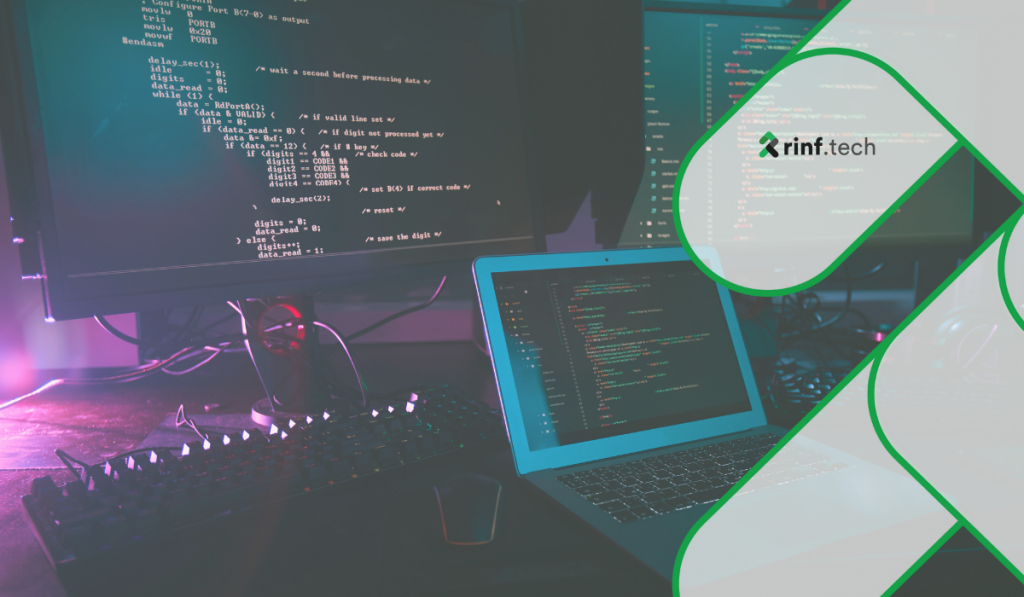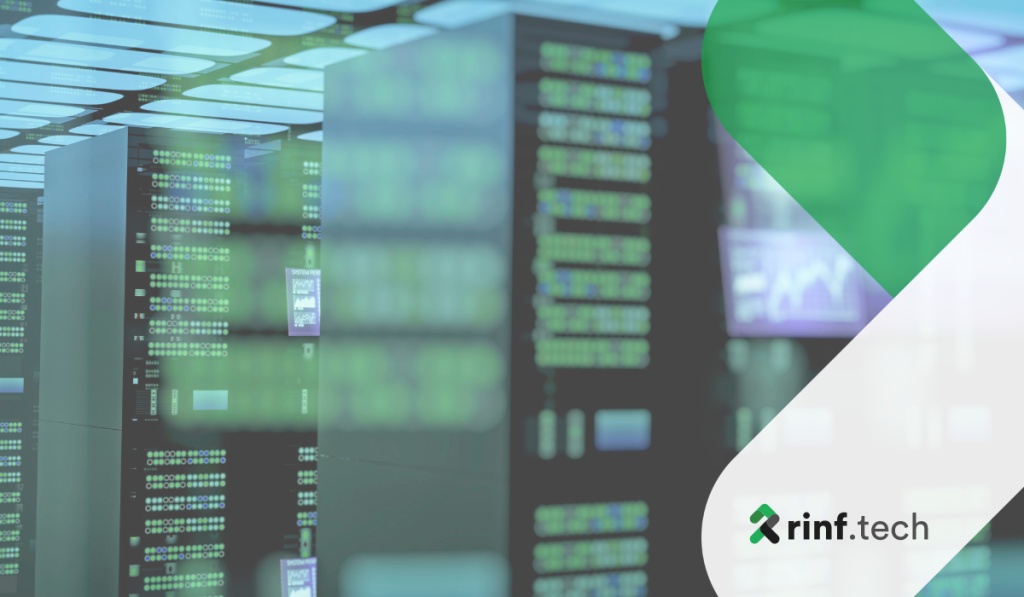Imagine a well-established manufacturing company that has been a leader in its sector for decades. Over the years, their growth and market presence have expanded significantly. However, their business operations are being held back by a critical limitation: their ERP system, which was implemented many years ago, has not been updated and can no longer support their evolving needs. While the system served its purpose in the past, it is now clear that it lags the demands of a modern, competitive manufacturing environment. The company faces significant challenges as it struggles with inefficiencies, costly maintenance, and operational bottlenecks, ultimately impeding its growth potential.
The Roadblocks of a Legacy System
The company’s legacy ERP system has become a significant obstacle to modernizing and optimizing its operations. Here are the main roadblocks they encounter:
1. The rigidity of outdated technology
The rigidity of the outdated technology makes it nearly impossible for the system to adapt to modern business needs. As the market becomes more dynamic and competitive, the company finds it increasingly difficult to integrate new technologies, limiting its ability to innovate and respond to customer demands. Their ERP system becomes an inflexible bottleneck, slowing down their entire organization.
2. The lack of web and mobile functionalities
In today’s manufacturing environment, employees need access to data and applications on the go, whether on the shop floor, in a warehouse, or working remotely. However, the legacy system offers no such capabilities, forcing employees to rely on desktop-based access. This lack of mobility creates significant accessibility issues, delaying decision-making processes and making it difficult for teams to collaborate effectively across locations.
3. The high maintenance costs
As the system ages, it becomes increasingly expensive to maintain, with frequent breakdowns requiring specialized support that is both costly and time-consuming. The lack of available expertise for the outdated technology exacerbates the problem, draining valuable resources that could be better spent on innovation and growth initiatives.
4. Delayed responses and inefficiencies
The legacy ERP system cannot keep up with the growing volume of data, resulting in slower processing times and a lack of real-time insights. This creates operational bottlenecks, with departments struggling to collaborate efficiently. The lack of integration between newer tools and the ERP system leads to data silos, making it difficult for decision-makers to get a clear and cohesive view of the business. These inefficiencies directly affect the company’s productivity and profitability.
Faced with these challenges, the hypothetical company realizes that its legacy ERP system is no longer a viable solution. A comprehensive modernization strategy is necessary to overcome these obstacles and enable the company to grow and thrive in an increasingly competitive market.



